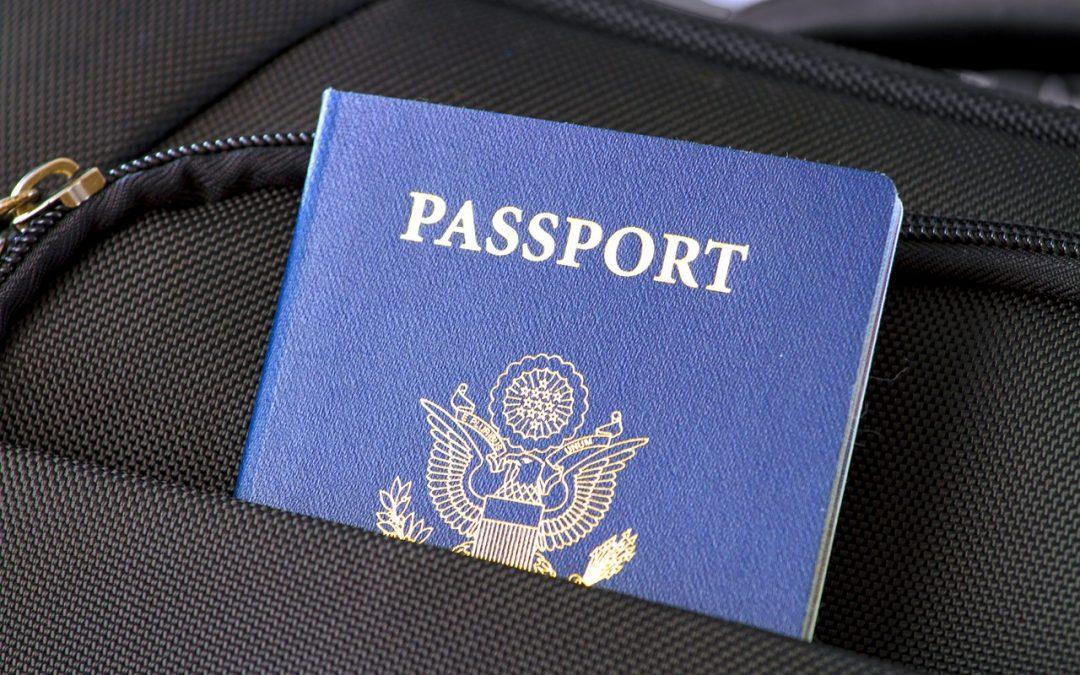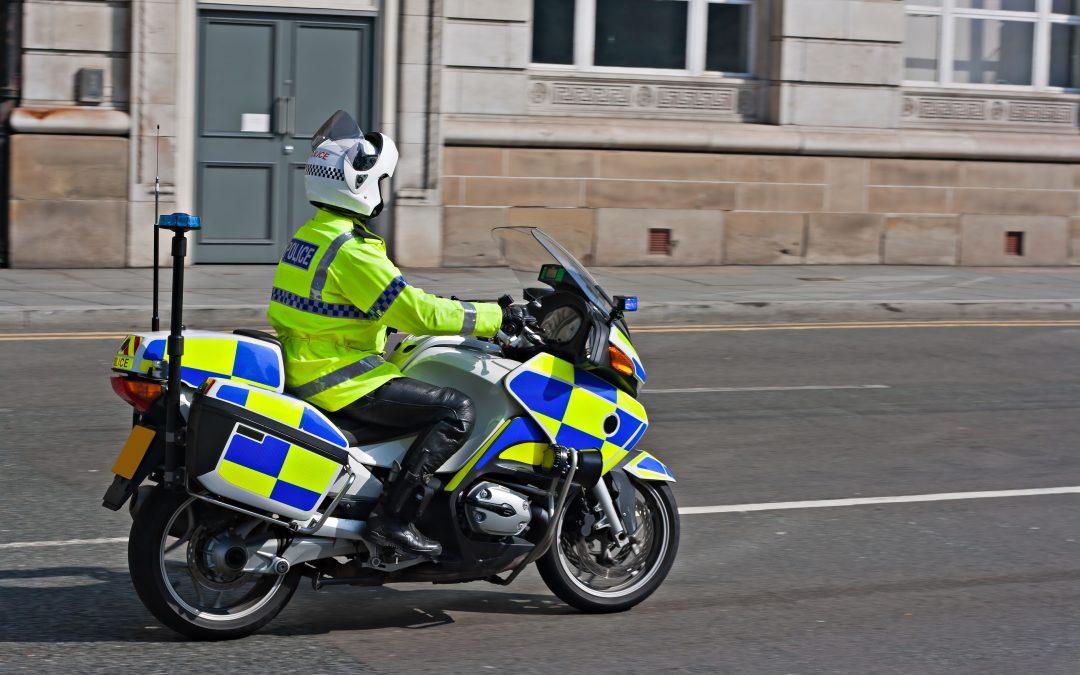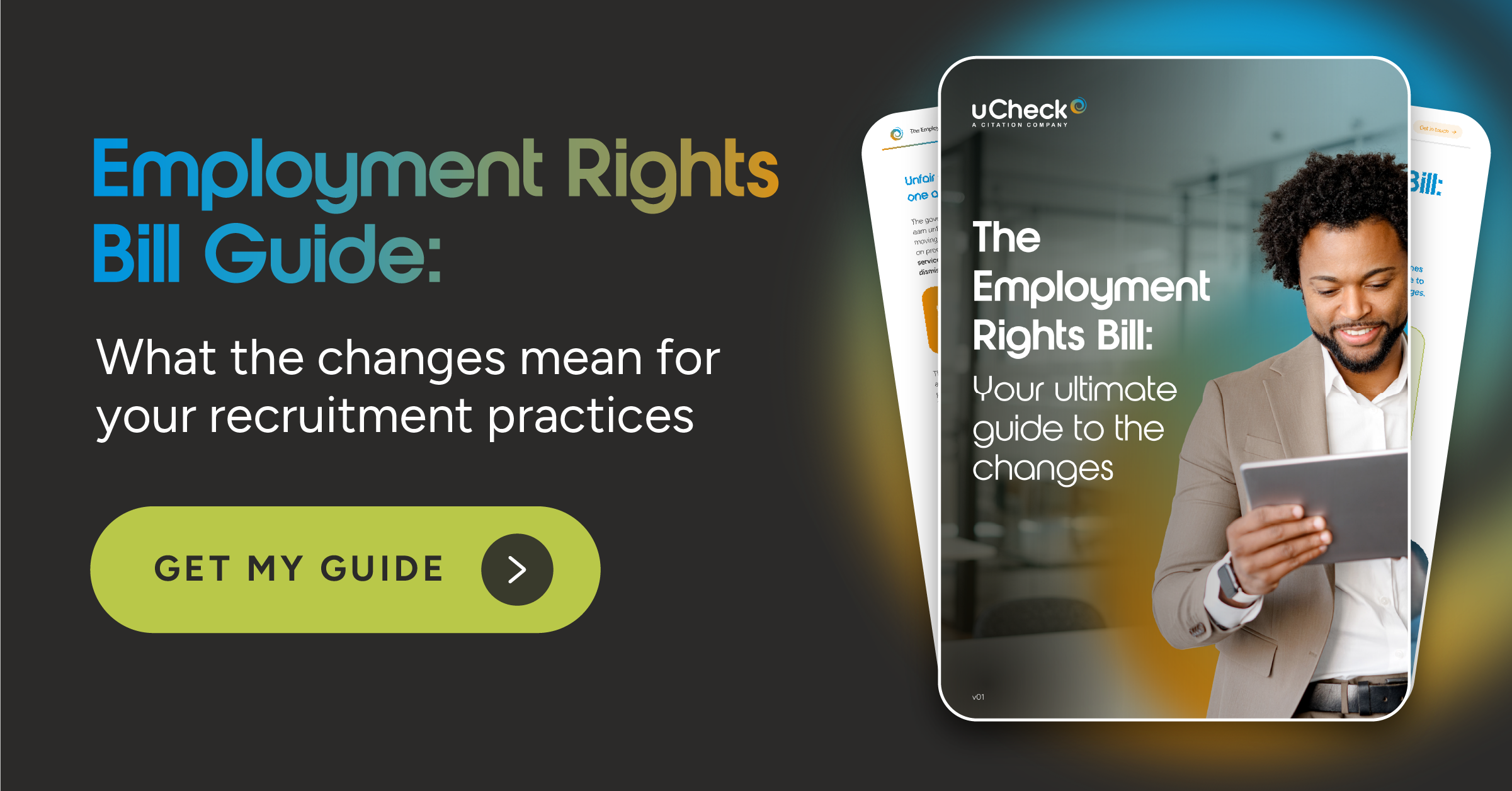DBS ID checking: the process explained
DBS ID checking is a mandatory part of the application process. This is because it ensures that the employer has confirmed an applicant’s identity to a sufficient level.
But what exactly is involved in the DBS ID checking process? And how can you confirm which documents you need to view?
Read on to explore the DBS ID checking process and how to prepare.
What’s involved in the DBS ID checking process?
As an employer, you’ll need to submit standard and enhanced DBS applications on behalf of employees who need them. This is because they cannot apply for a check of this level themselves.
When submitting a DBS application, you’ll be prompted to complete an ID check. This will involve seeing certain ID documents provided by the applicant, and confirming which ones you’ve seen.
For both standard DBS checks and enhanced DBS checks, the documents you’re required to see will vary depending on the type of work being carried out and the applicant’s nationality. This is because these factors will influence the type of documents the applicants have available to show you.
Using the uCheck system will ensure you’re directed to the appropriate ID checking route for the applicant. This will be based on the information provided about the applicant’s nationality and type of work when completing the ID check on the platform.
Let’s explore how to determine which ID documents you’ll need to see for each applicant.
What are the different route options?
There are four main routes that can be taken to complete a DBS ID check. Each route will stipulate the types of document that can be used to confirm the applicant’s identity.
An applicant’s nationality and type of work will affect the route options available to them. The nationality input by the applicant will show whether they are an EEA or non-EEA national. If they are a non-EEA national then the employer will need to consider whether they’re undertaking paid or voluntary work.
These points will determine the types of ID document the applicant needs to provide, and in what combination. The DBS guidance outlines in full the different route options, as well as the types of document needed.
When completing a DBS application through the uCheck platform, the system will automatically prompt you to select appropriate documents based on the information provided about the applicant’s nationality and type of work.
If an employer can’t complete the first route because the applicant can’t provide enough of the appropriate documents, the system will also move the employer onto the next step.
What can you do if an applicant can’t provide the required ID documents?
If an applicant who is an EEA national or a non-EEA national volunteer can’t complete any of the ID routes available to them then their application can go for fingerprinting.
This means that as they’ve been unable to provide adequate documents to confirm their identity, their identity can be confirmed by attending a fingerprinting session at their local police station.
However, if non-EEA nationals undertaking paid work can’t provide enough documentation to meet the requirements of their route option (as outlined in the DBS guidance), then they can’t apply for a DBS check – fingerprinting is not an option for them. This is because without providing enough documents they will have failed to establish their right to work in the UK. Consequently, DBS checks can’t be requested for these applicants.
DBS ID checking: a summary
The DBS ID checking process is integral to DBS applications. It’s essential to confirm an applicant is who they say they are, as it helps to ensure their DBS check is accurate.
So, what are the key points to remember when it comes to DBS ID checking?
- The first available route for the applicant to complete will be based on their nationality and type of work.
- Ensure the applicant provides you with accurate and appropriate documents, and check these in accordance with the DBS guidance.
- If an applicant can’t provide the documents needed, the next step may be another ID route, the fingerprinting process, or even withdrawal of the application.
- Remember – using uCheck’s system will guide you through the appropriate route options based on the information provided. Drop-down boxes will allow you to select which documents you’ve seen, and help you to complete an appropriate ID check.
Looking to get started requesting DBS checks? Register here – it takes less than five minutes!
Any questions about the process? No problem – get in touch with our friendly customer support team.







